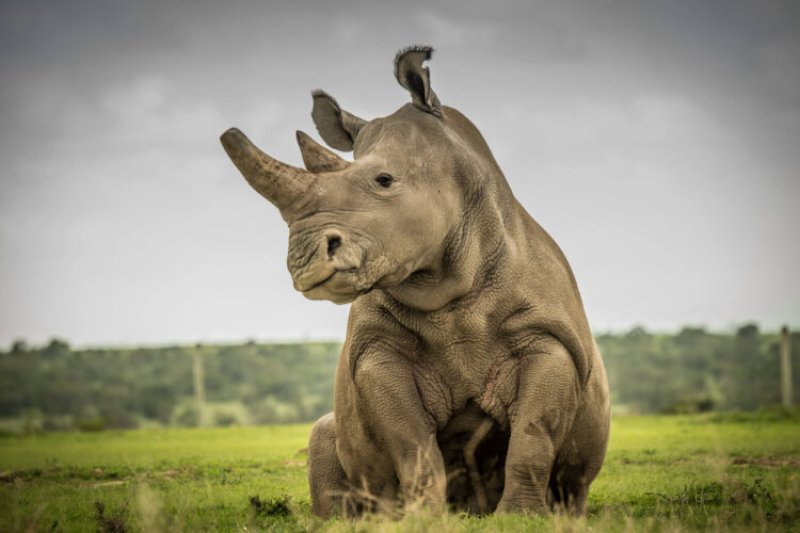Today, the only surviving members of the [white rhino] species are two females at a conservancy in Kenya, Najin and Fatu. In the wild, that would mean the species would inevitably go extinct.
But Thomas Hildebrandt, a senior biologist at the Leibniz Institute for Zoo and Wildlife Research in Berlin and a pioneer of assisted reproduction in large mammals, has a different idea.
Mr. Hildebrandt, who led the team that collected Suni’s sperm, plans to use it (and that of another of the last males) to perform a miracle: bringing a species back from the brink of extinction when one sex is already gone.
To do this, he would use the sperm to fertilize an egg collected from one of the remaining females, which would be implanted in a surrogate mother of a different kind of rhino. (Najin and Fatu both have problems with their uteruses and can’t carry offspring.)
…
The plan to rescue the northern white rhino is unique, but its existential predicament is not. Between poaching, the bulldozing of natural habitats to make way for farms or shopping malls, and the mounting pressure of climate change, up to one million species are currently at risk of extinction, according to a 2019 United Nations report. We are living through one of only half a dozen periods in Earth’s history with such a devastating rate of species loss, even without the help of an asteroid or mega-volcano.































